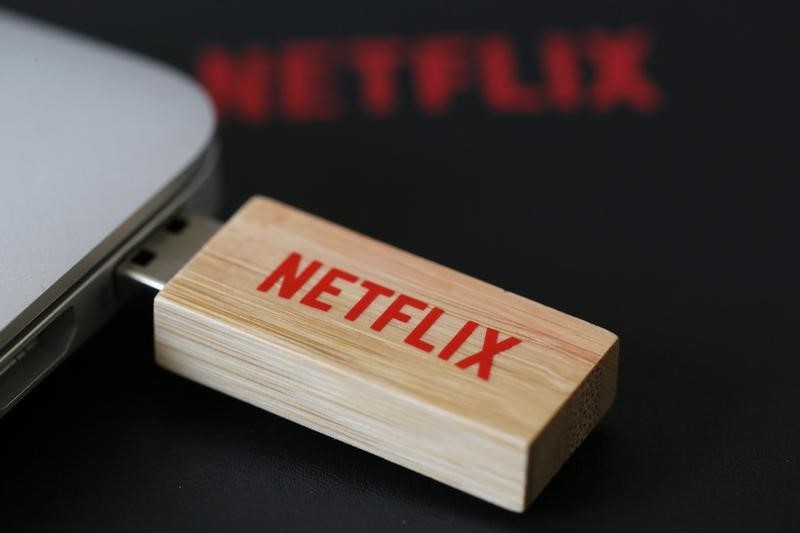Fed’s Powell opens door to potential rate cuts at Jackson Hole
On Monday, Benchmark analysts maintained a Hold rating on Netflix stock (NASDAQ:NFLX), acknowledging the company’s strong execution compared to its competitors in the streaming and linear TV sectors. The company’s dominant position is reflected in its perfect Piotroski Score of 9 and impressive 75% return over the past year. The firm recognized Netflix’s role as a quasi-entertainment utility in approximately 40% of global broadband homes, excluding China and Russia, which could provide some resilience against potential economic downturns spurred by Trump tariffs. However, Benchmark does not see significant upside for the stock, estimating its fair value at around $1,070, which aligns with InvestingPro’s analysis suggesting the stock is currently overvalued.[Discover more insights: InvestingPro offers 20 additional key tips about Netflix, along with comprehensive valuation metrics and expert analysis.]
The firm noted that Netflix’s decision to stop reporting quarterly member tallies has shifted their valuation focus to projected 2030 revenues and operating margins. Currently trading at a P/E ratio of 45.3x and maintaining strong profitability with a 46.9% gross margin, Netflix continues to demonstrate robust financial performance. Benchmark allows for a normalized price-to-earnings (P/E) ratio of 32.5 times that of the Nasdaq 100, along with a 30% long-term growth premium over the tech-heavy index beyond 2030. Their forecast, which was shortened by three years for comparison with Netflix’s internal growth goals, suggests that if Netflix doubles its sales by 2030 and achieves a 37.5% operating margin, the fair value could be approximately $1,300 per share. However, they have refrained from applying these figures to a formal price target.
Benchmark’s advertising revenue estimate for Netflix in 2030 stands at $9.3 billion, slightly above the $9 billion goal reportedly set by Netflix management. Despite this, Benchmark’s near-term estimates remain conservative compared to some other analysts. They propose that if Netflix were valued more as a traditional media company in line with the S&P 500, its fair value could dip below $650.
In their analysis, Benchmark discussed Netflix’s first-quarter earnings of 2025 in relation to their own estimates, providing a detailed examination without assigning a formal price target to the stock. The firm highlighted various factors for investors to consider when evaluating Netflix’s valuation and future growth potential.
In other recent news, Netflix has reported impressive financial results, with its first-quarter revenue reaching $10.5 billion, a 12.5% year-over-year increase. This performance exceeded both Wells Fargo (NYSE:WFC)’s and consensus estimates, as well as surpassing expectations for operating income and earnings per share (EPS). Analysts from various firms have adjusted their price targets for Netflix, reflecting confidence in the company’s growth trajectory. Oppenheimer raised its price target to $1,200, while Morgan Stanley (NYSE:MS) also increased its target to the same amount, both maintaining positive ratings on the stock. Wells Fargo slightly adjusted its target to $1,222, emphasizing Netflix’s strong financial standing and growth prospects. Meanwhile, Loop Capital maintained a Hold rating with a $1,000 target, recognizing the company’s revenue growth and operating margin improvements. Citi analysts kept their Neutral rating and $1,020 target, highlighting Netflix’s ability to exceed profitability metrics. Across the board, analysts have noted Netflix’s robust operational performance and strategic initiatives, including a significant share buyback program totaling $3.5 billion.
This article was generated with the support of AI and reviewed by an editor. For more information see our T&C.
